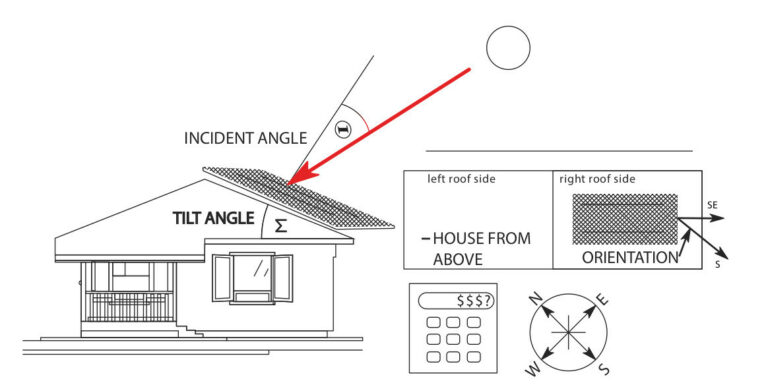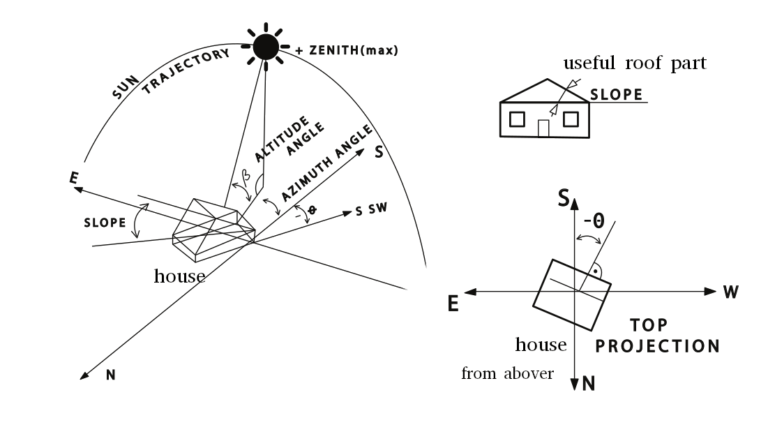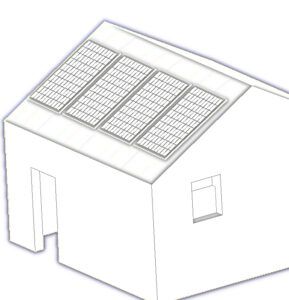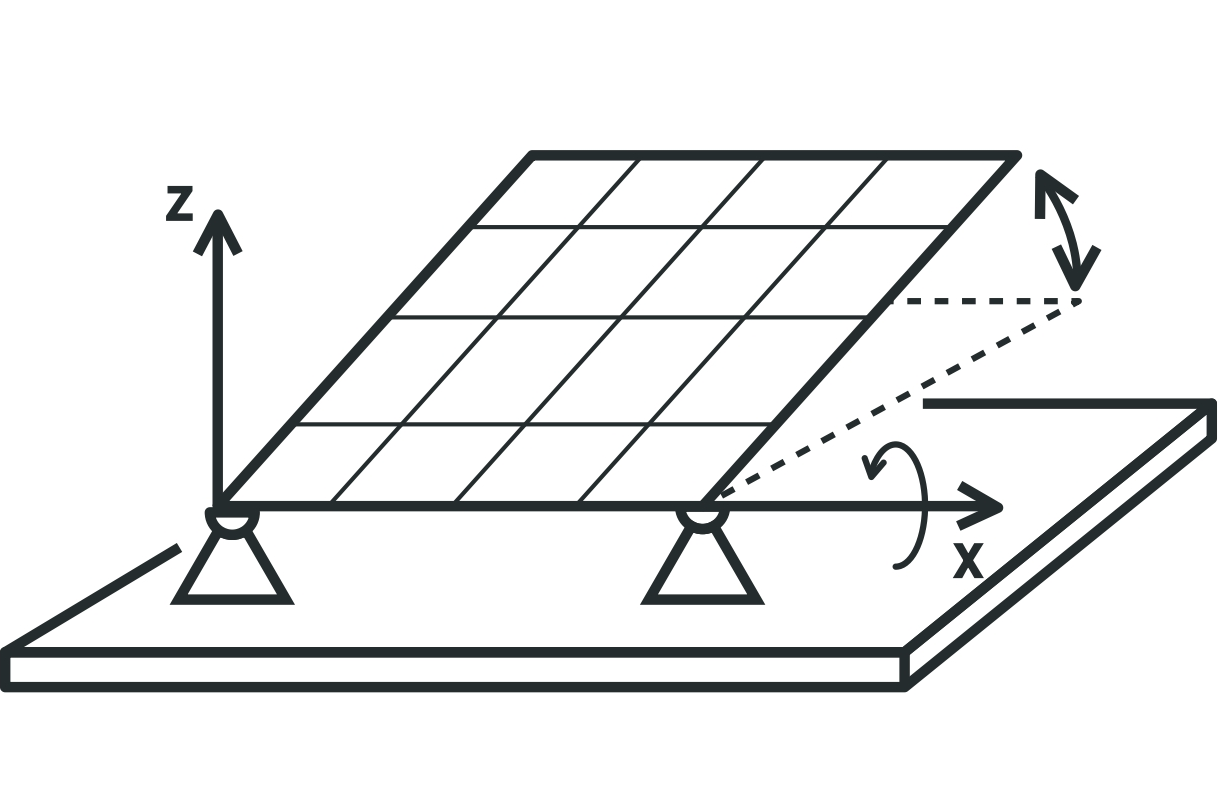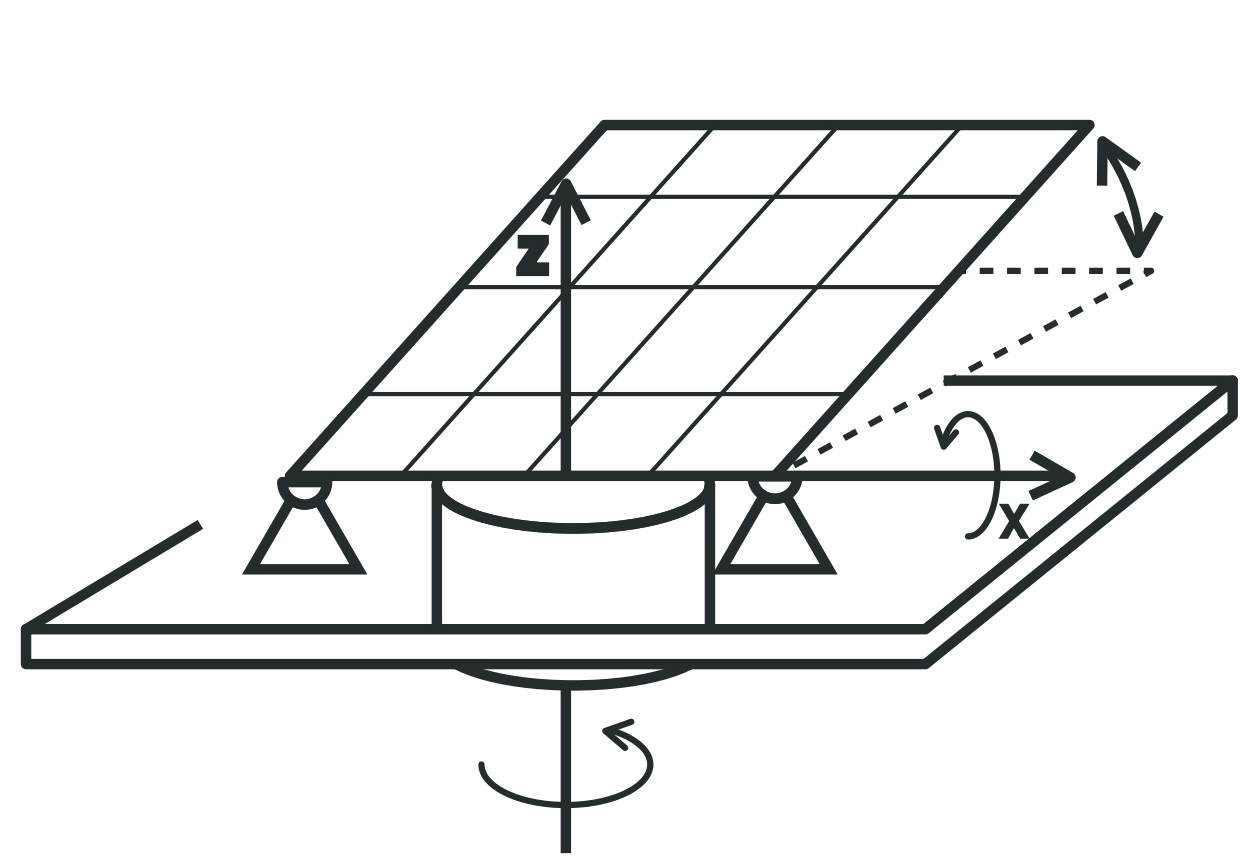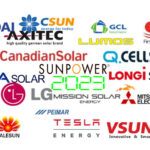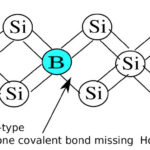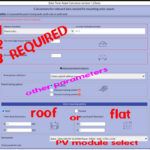obstacles
Shadows
The altitude angle is greater in summer than in winter, which means that the shadow is smaller. So we can say the sun is lower in winter than in summer. The shadow of surrounding objects is longer in winter than in summer. SPAC calculates the altitude and azimuth angles for each solar hour, so that we can calculate the length and position of the shadow of surrounding objects and possibly conclude whether and how much shadow will partially obscure the solar panel.
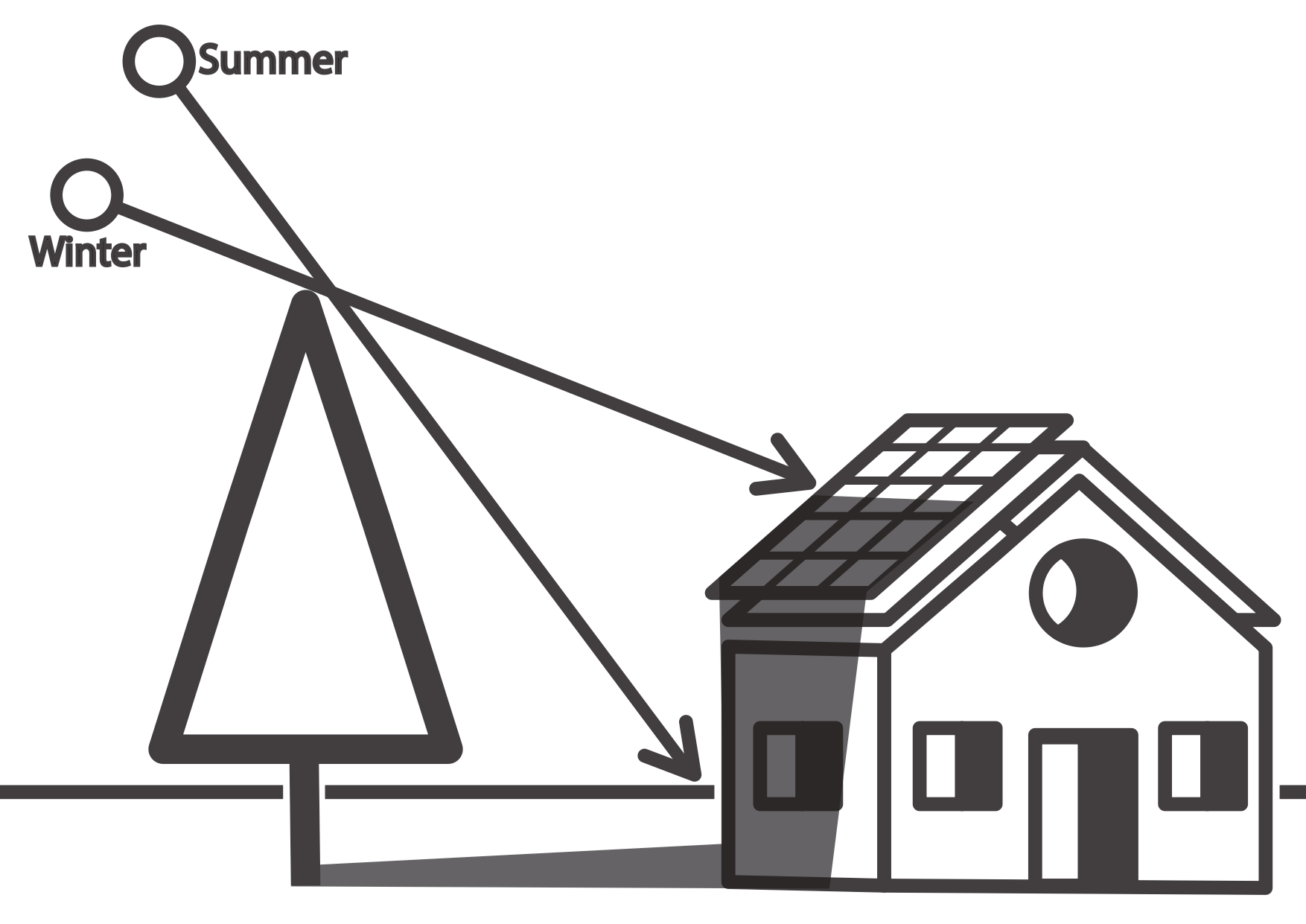
The harmful influence of surrounding objects
Trees, surrounding houses, or any nearby objects that exceed the level of the solar panel can have a harmful effect by casting a shadow, especially in winter.
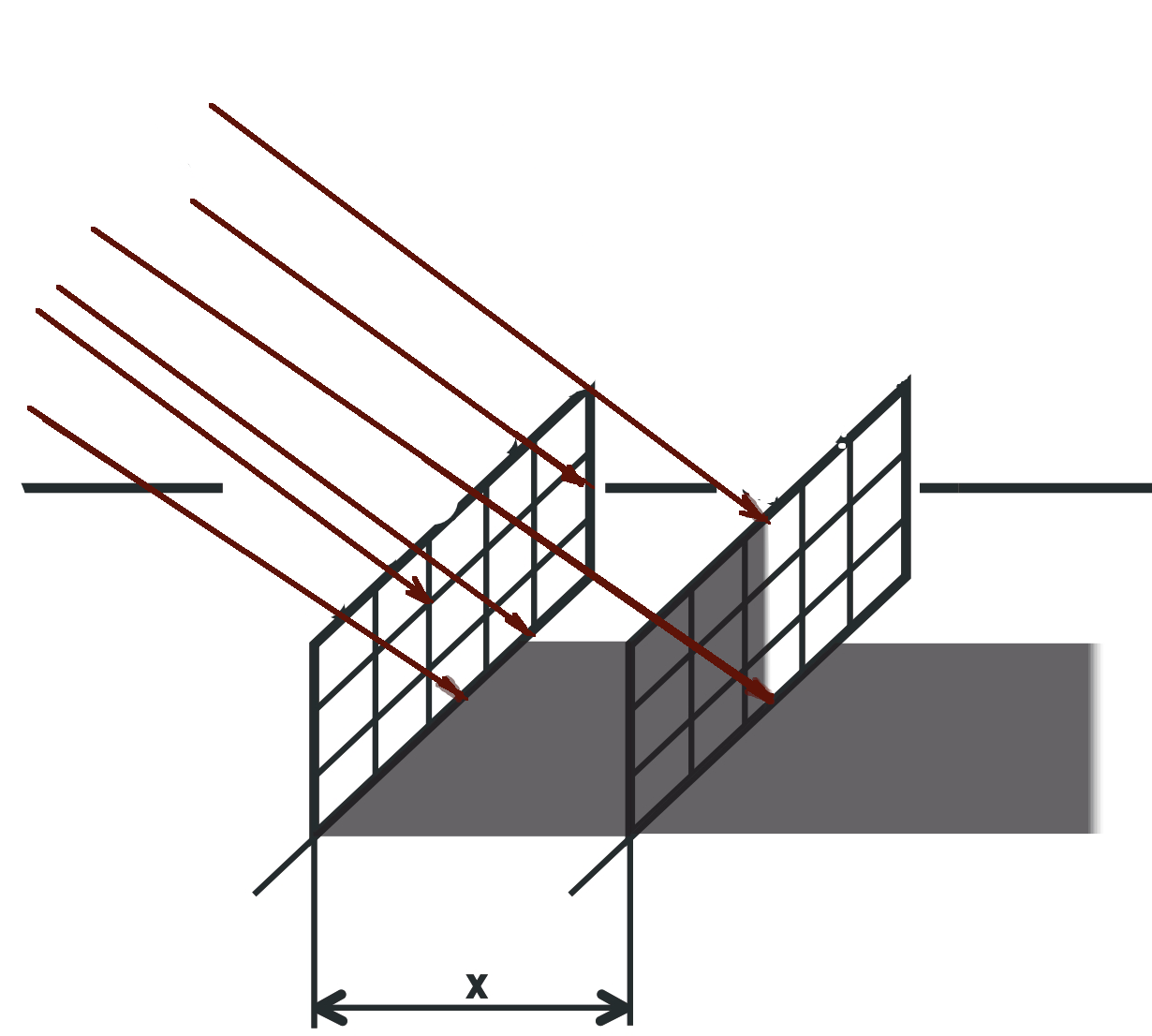
Improper solar panels distance
If solar panels are placed too close to solar power plants, a shadow effect may occur, where one panel partially obscures the other





